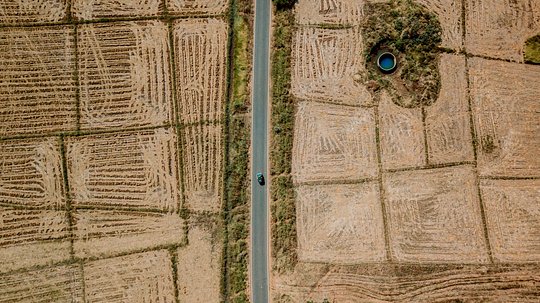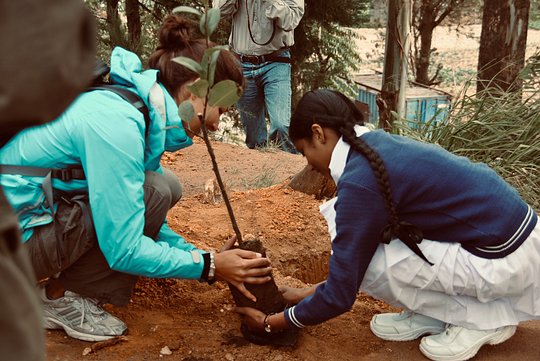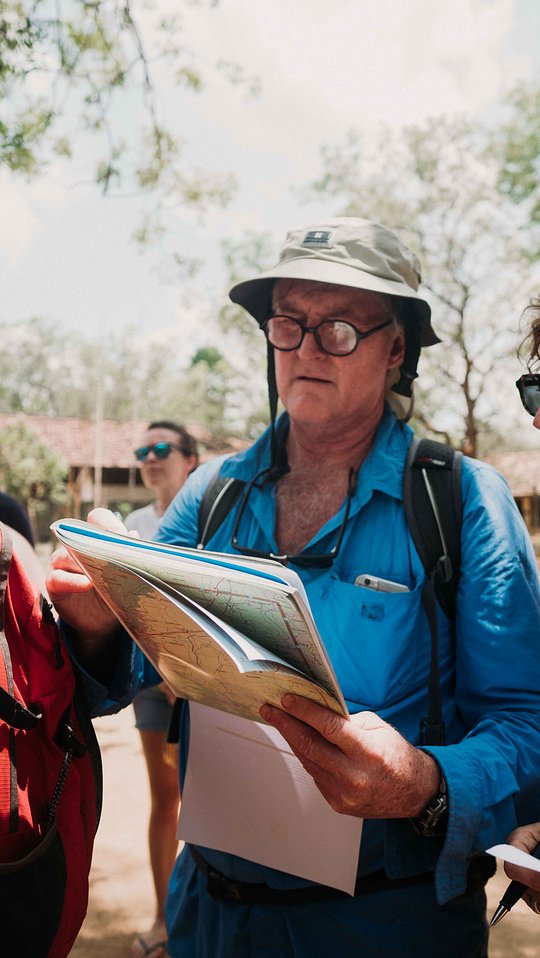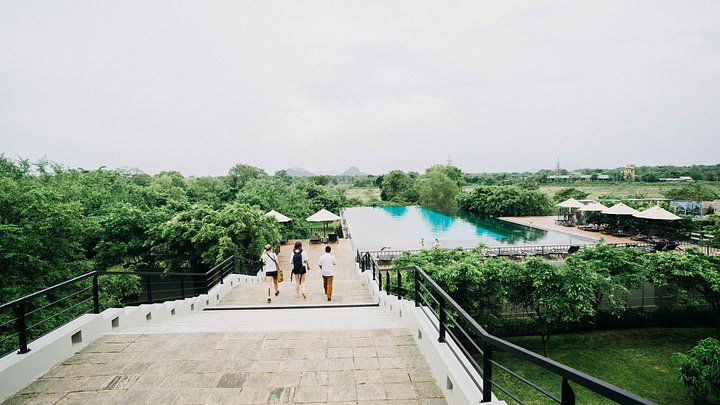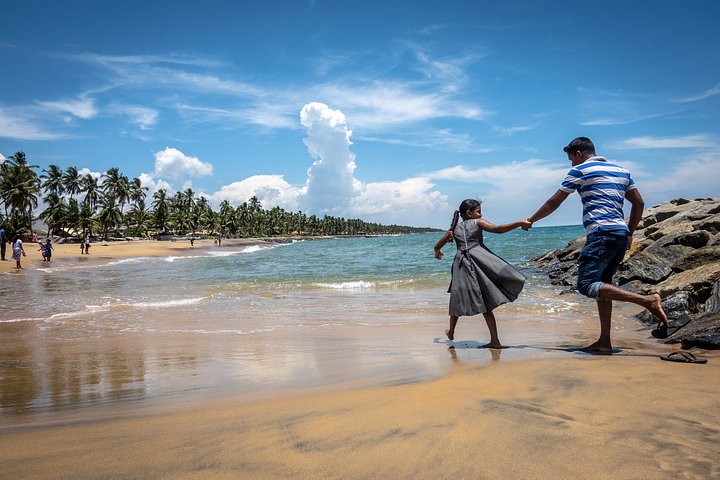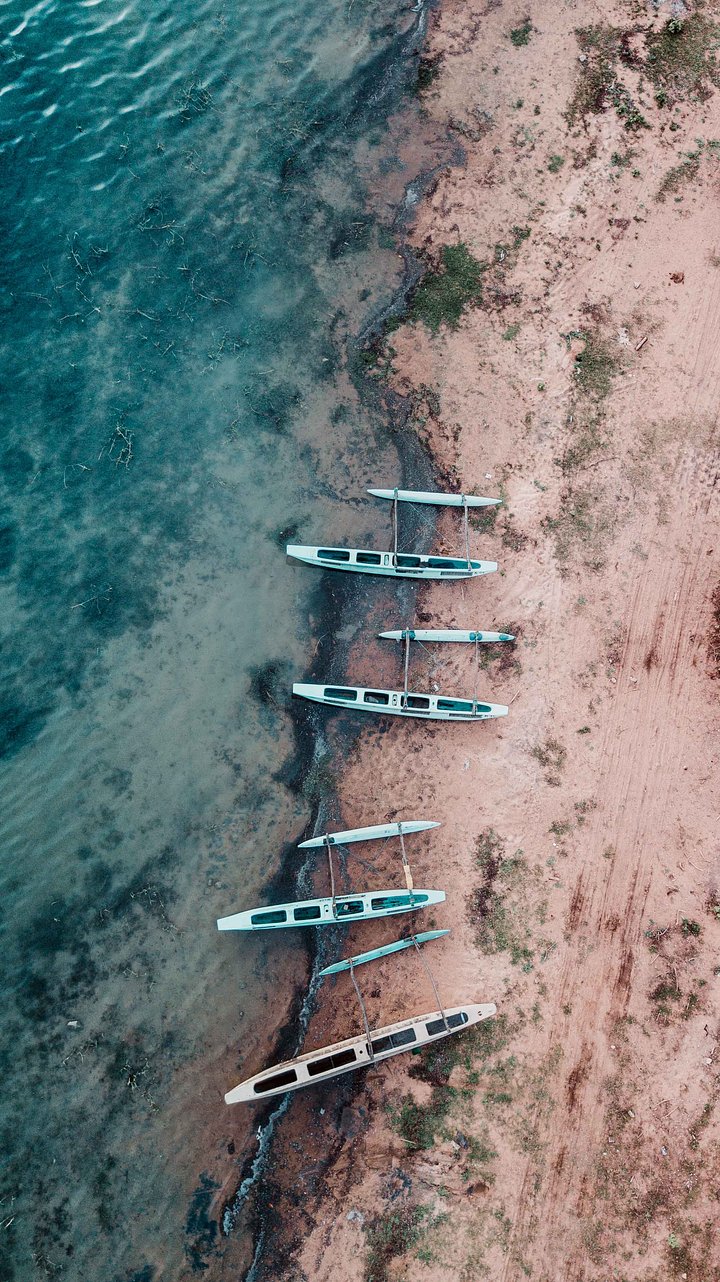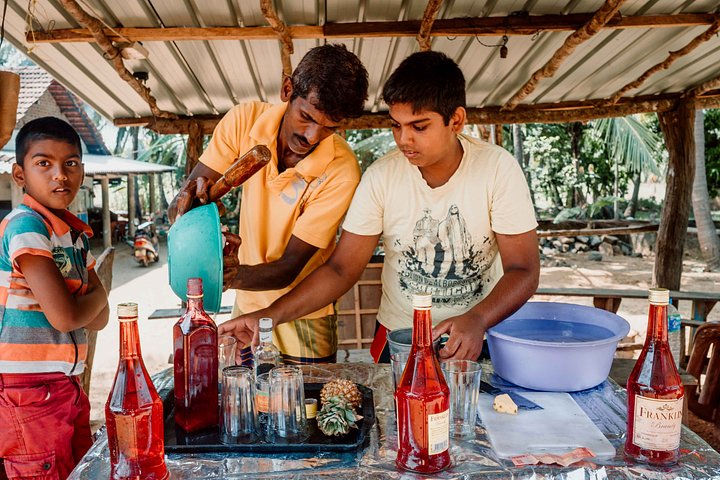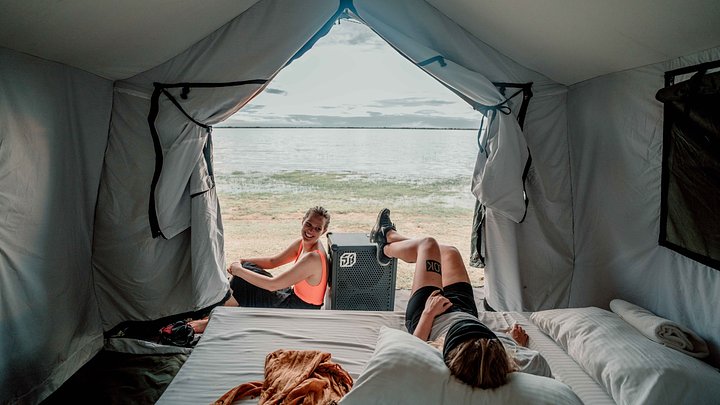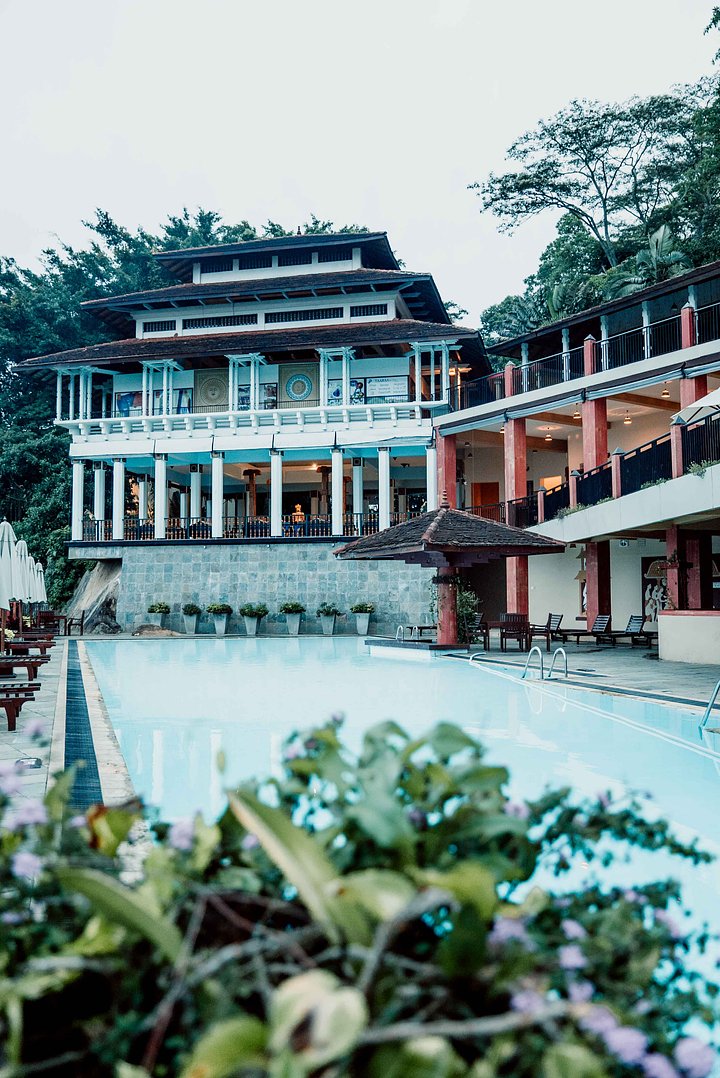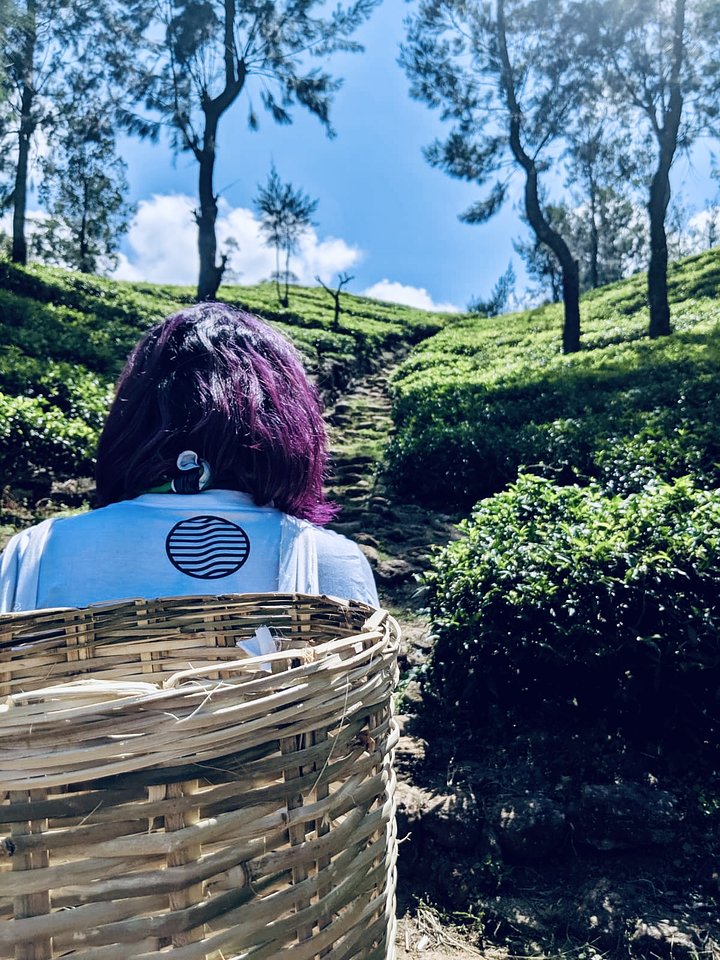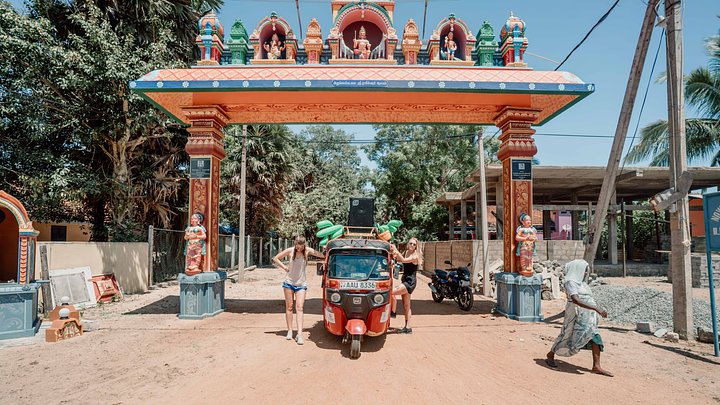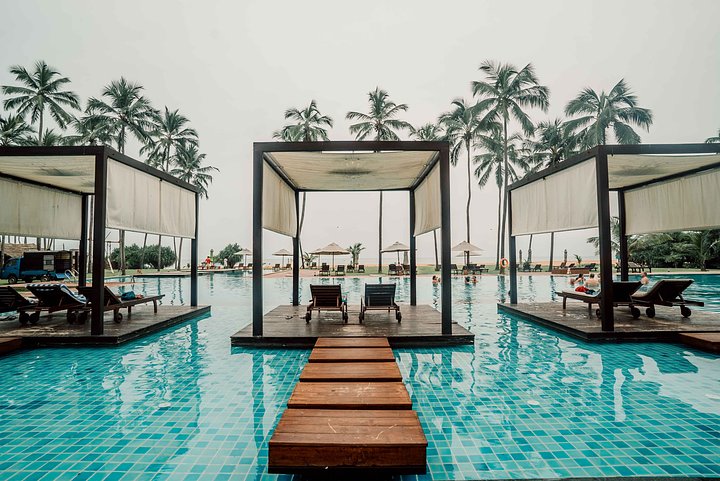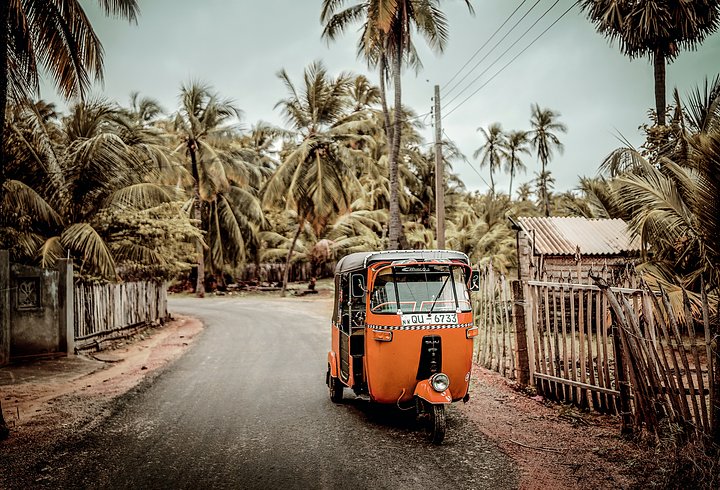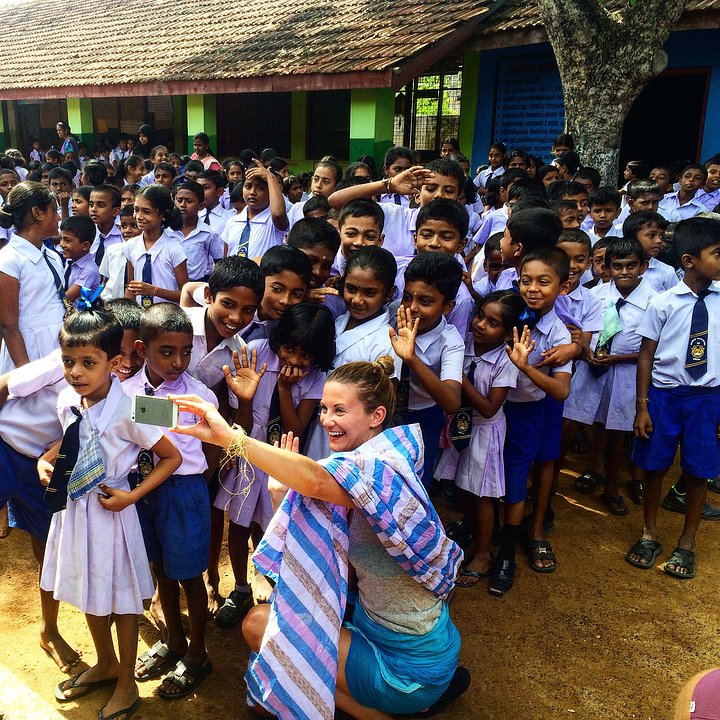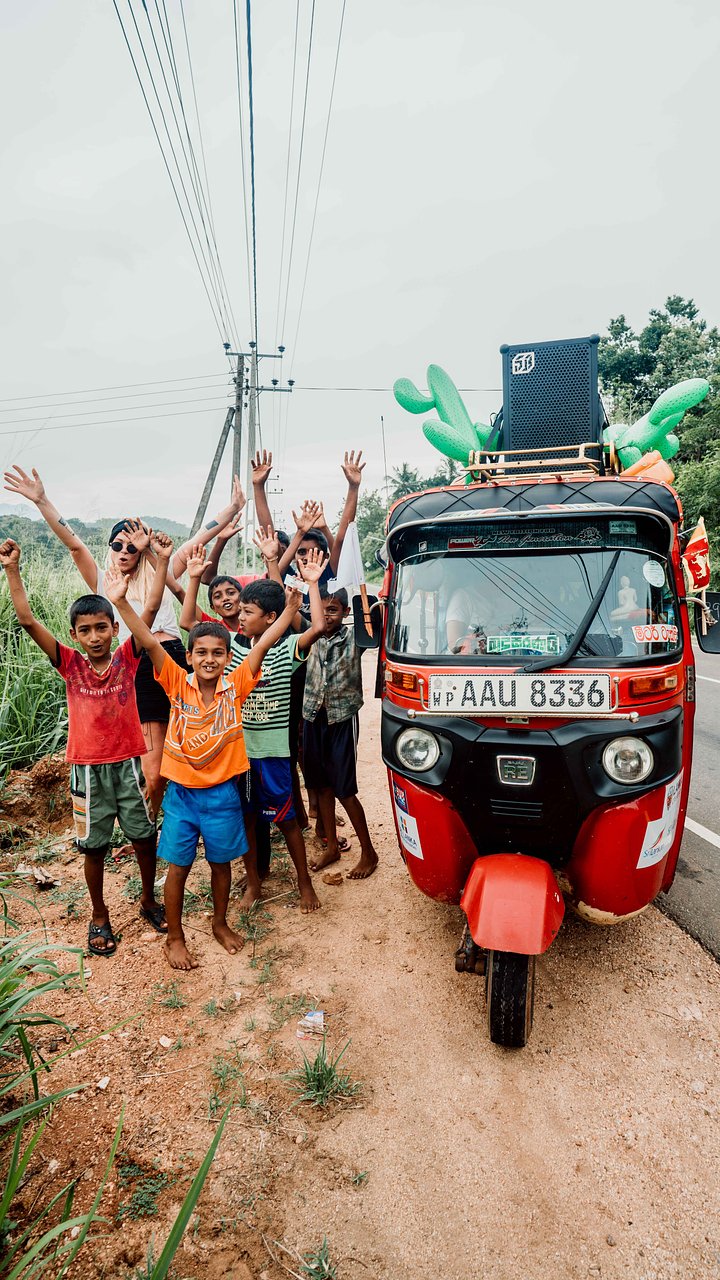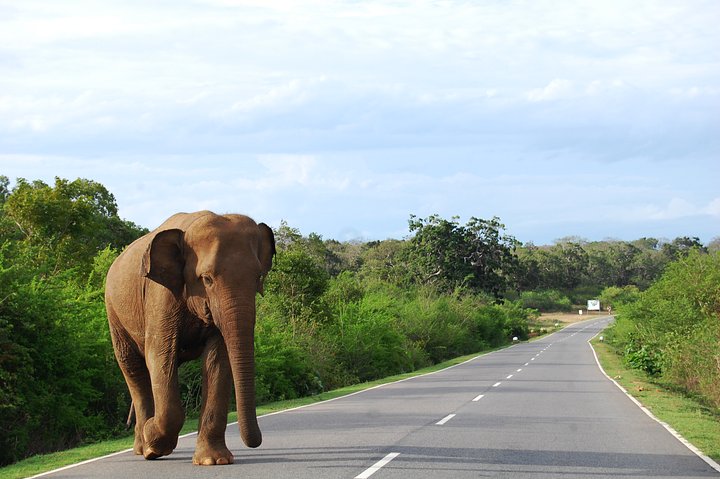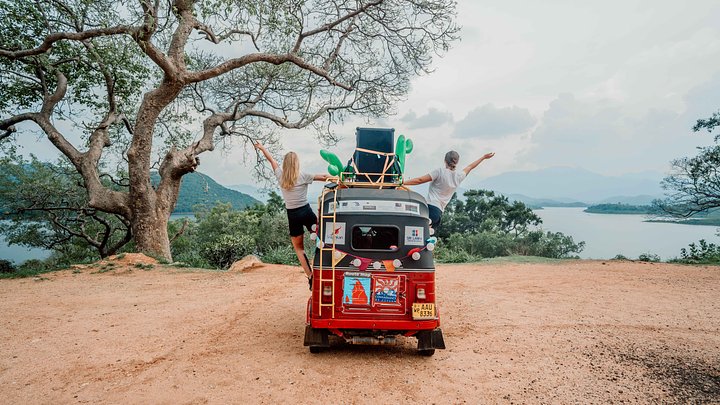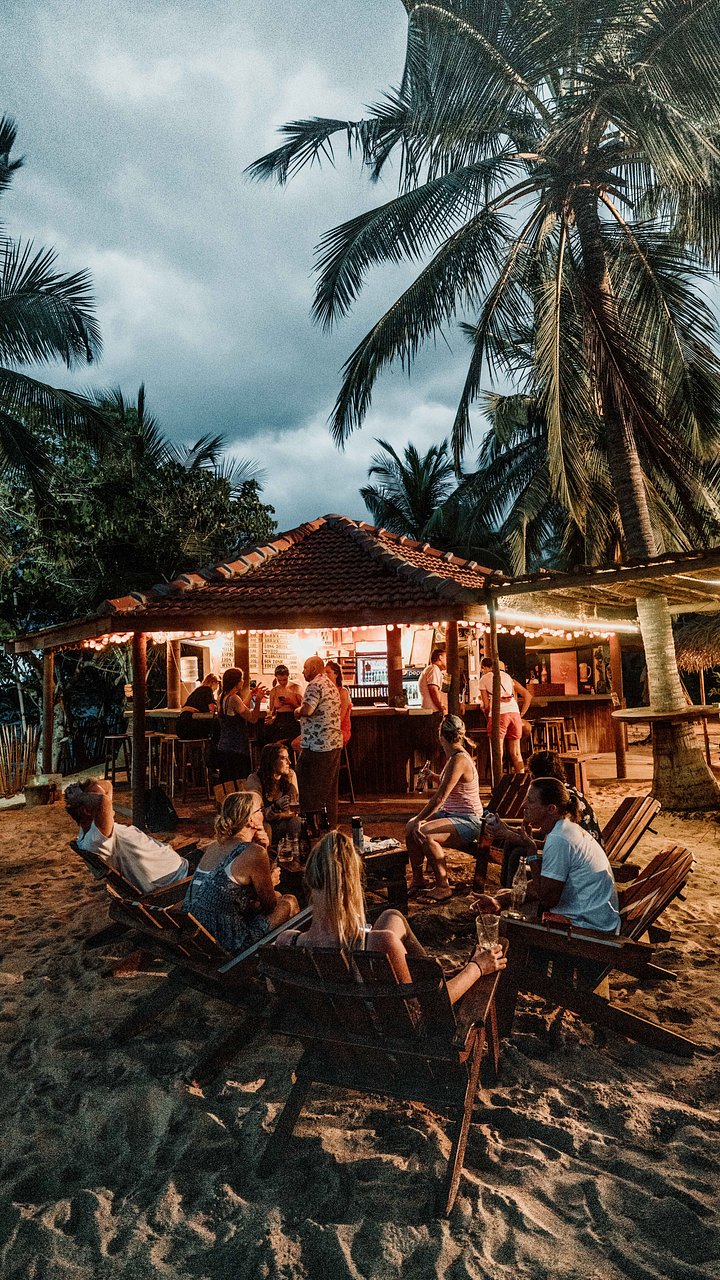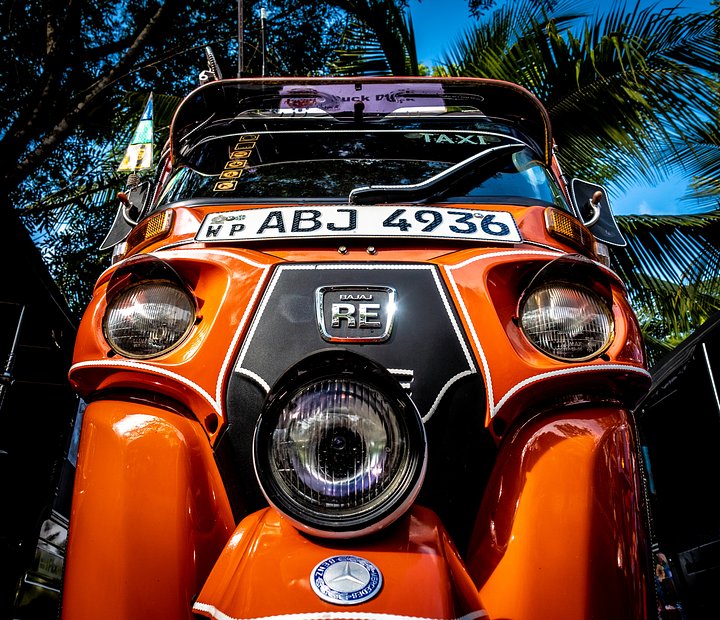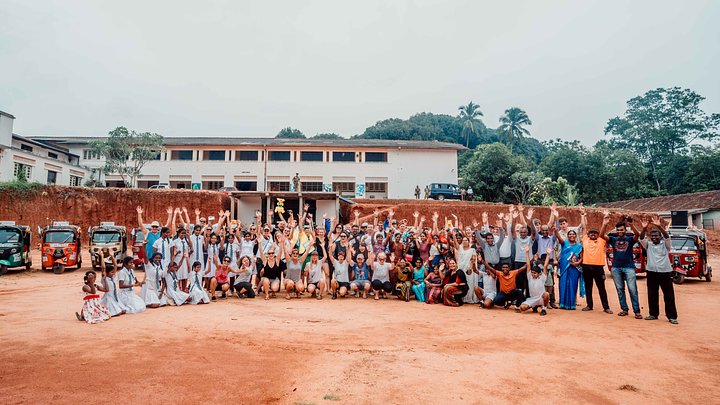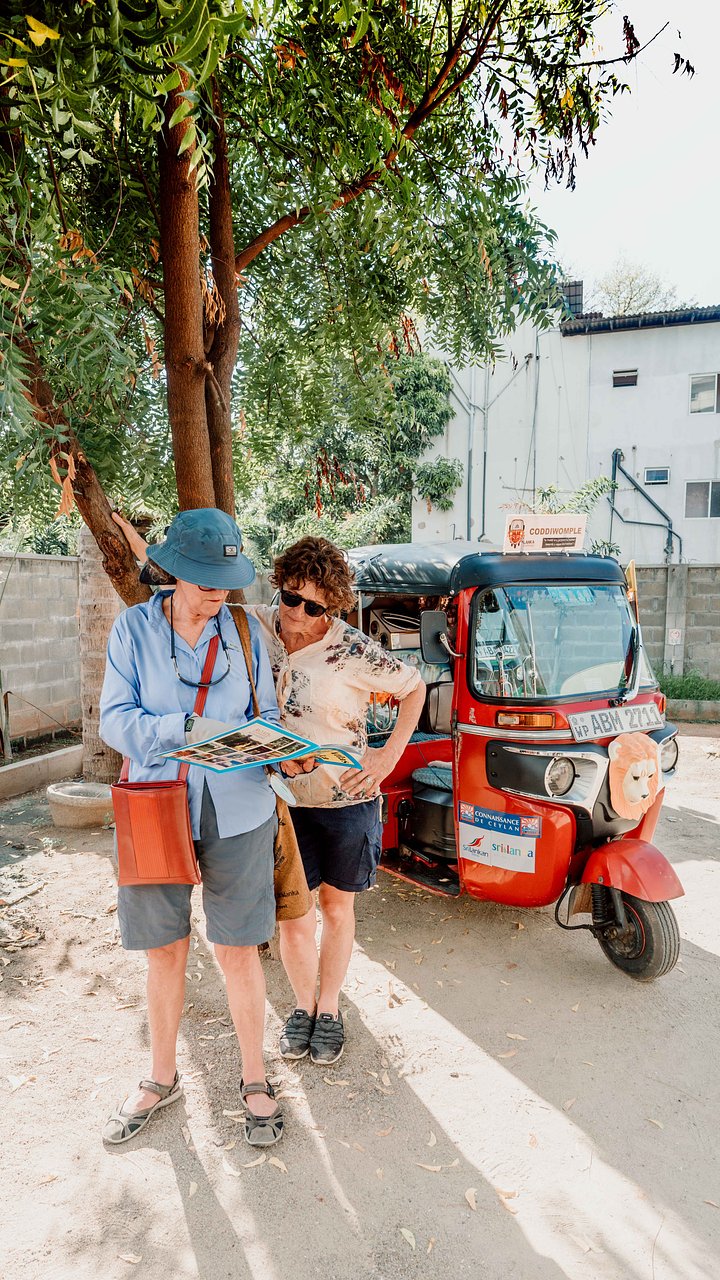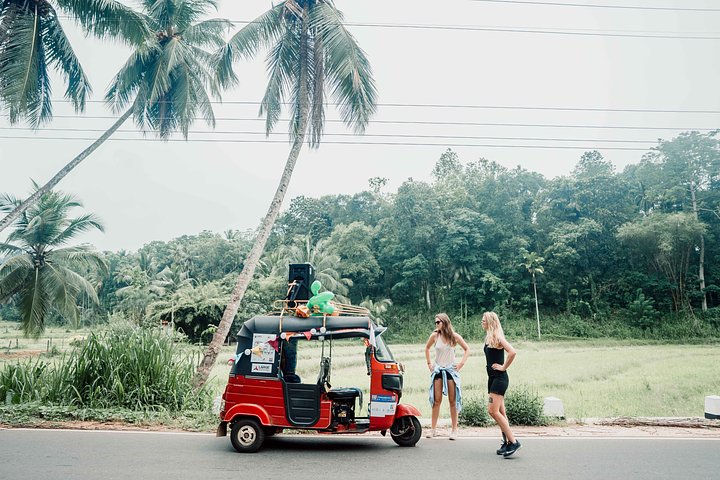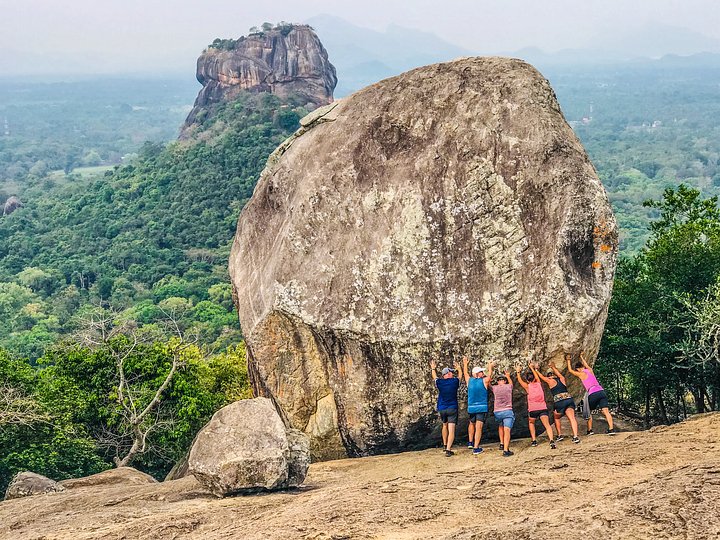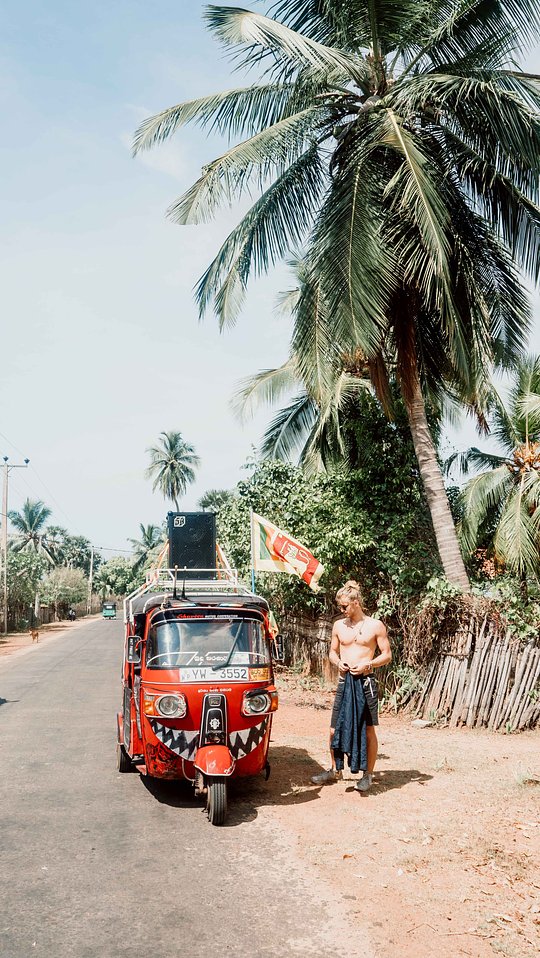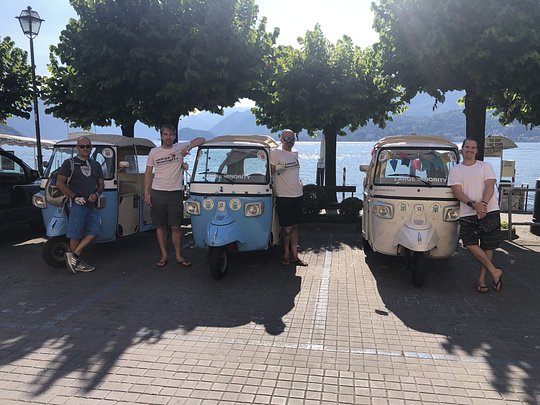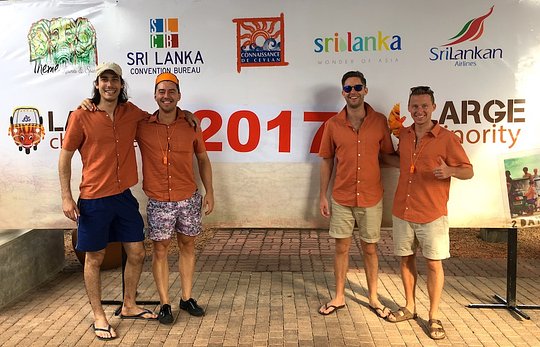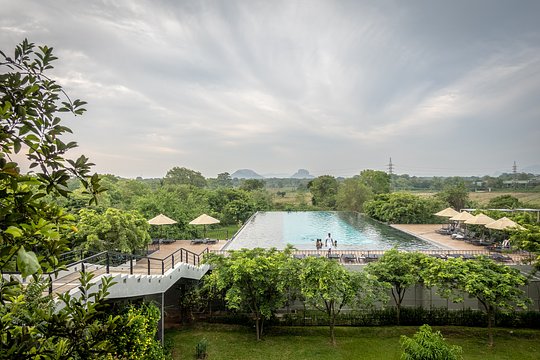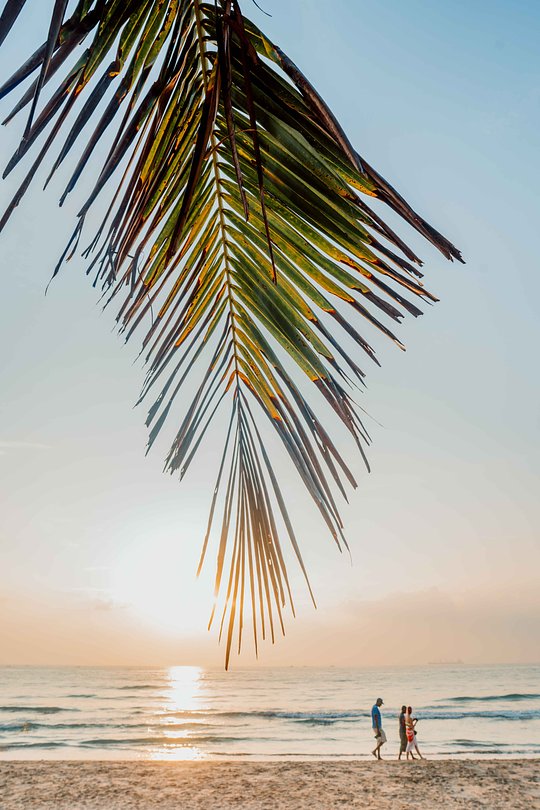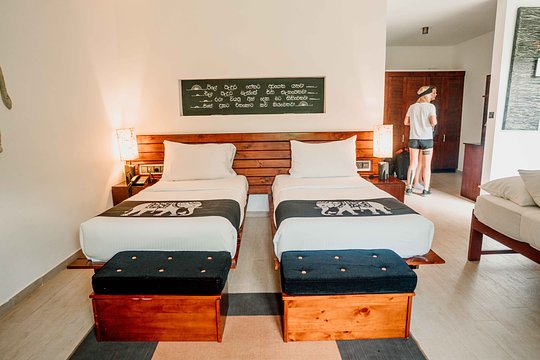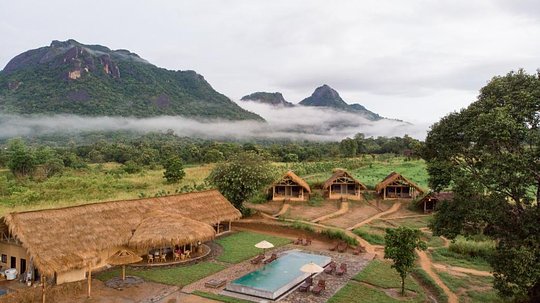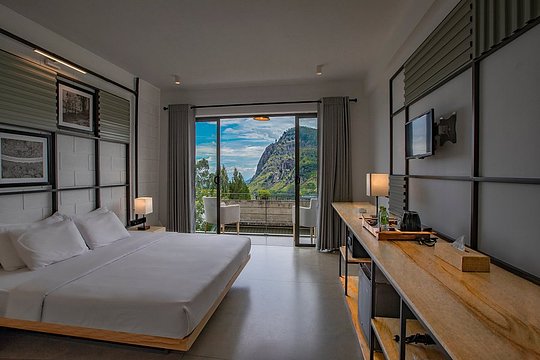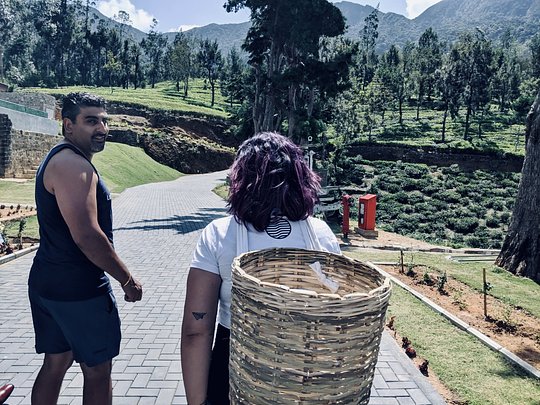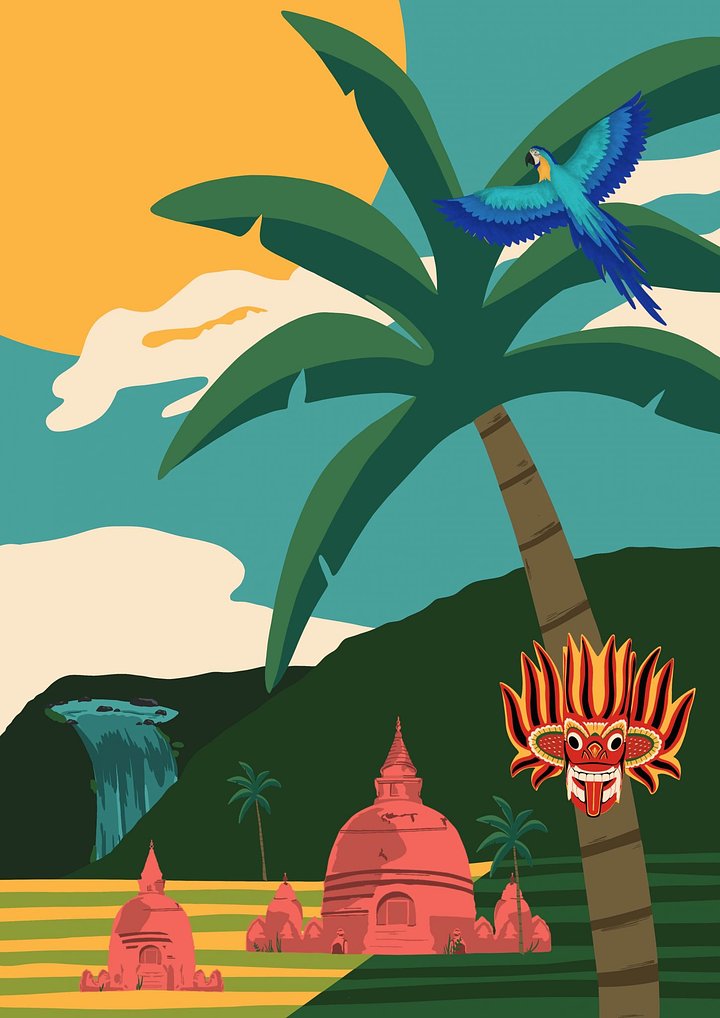
Overview
Imagine being able to tell your mates that you travelled 1,000km around Sri Lanka. In a Tuk-Tuk. A Tuk-Tuk that you drove. That, friends, is the Lanka Challenge Tuk-Tuk adventure: the ultimate road trip for those who like their travel fully-charged and no-holds-barred. Each day you’ll wake up, be told where you need to be by sundown, and get handed a list of challenges to complete along the way – the completion of which will see your team accrue points. The rest is up to you, you big legend. Questions you will be forced to ask yourself during the Lanka Challenge include: Who’s going to go and get a photo of that crocodile? Who’s going to get us invited to a local’s place for lunch? Who’s going to take one for the team in the chilli-eating challenge? What day is it? And where did I put my Imodium? One hell of an amazing time is guaranteed. Life-changing experiences are probable. Navigational stupidity is optional. Our April and July route kick-off in Sigiriya, heading east to Argugam Bay, looping around and ticking off all ´The Greatest Hits´ in central before wrapping up on the western coast in Kammala. Theres some epic scenery and we probably ask your tuk tuks to do a little more work on this route due to the hills but it’s nothing a Tuk-Tuk can’t do.
